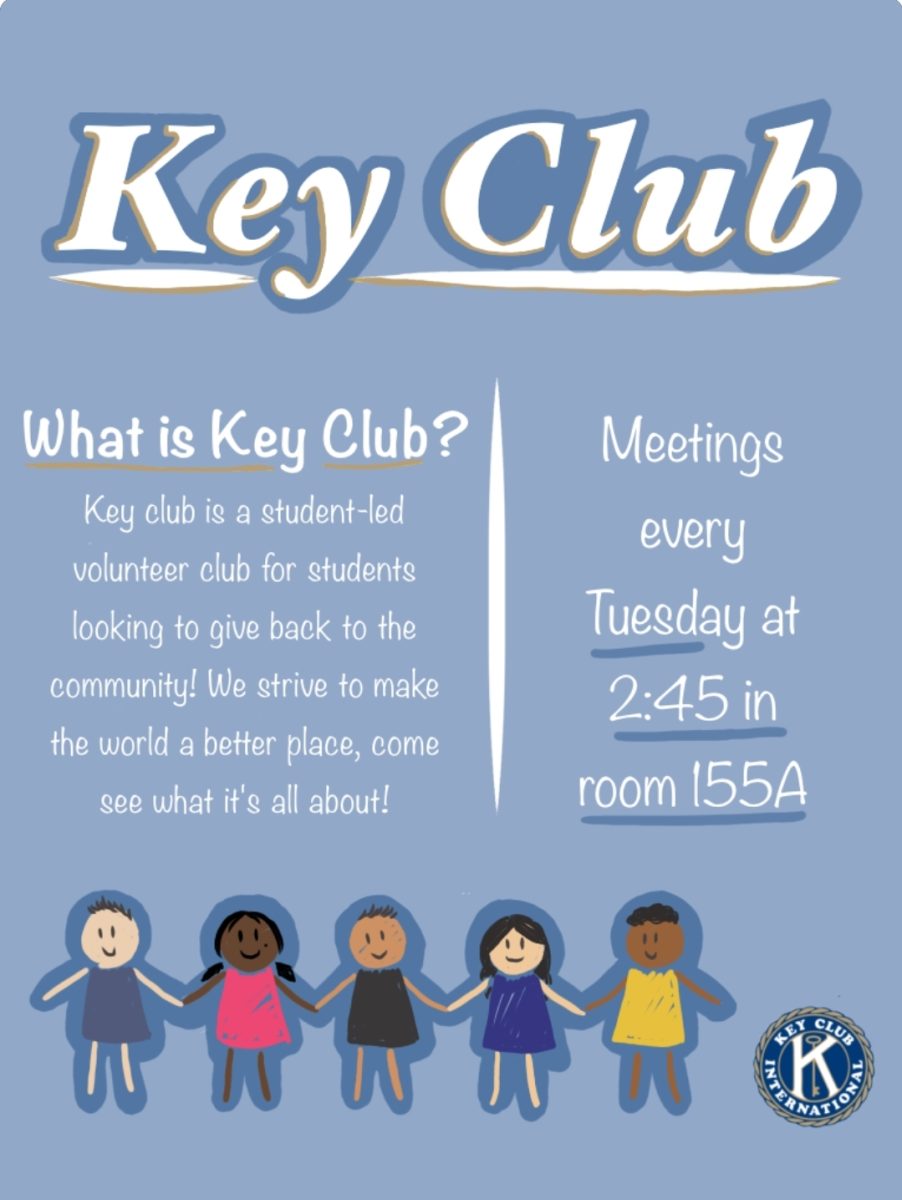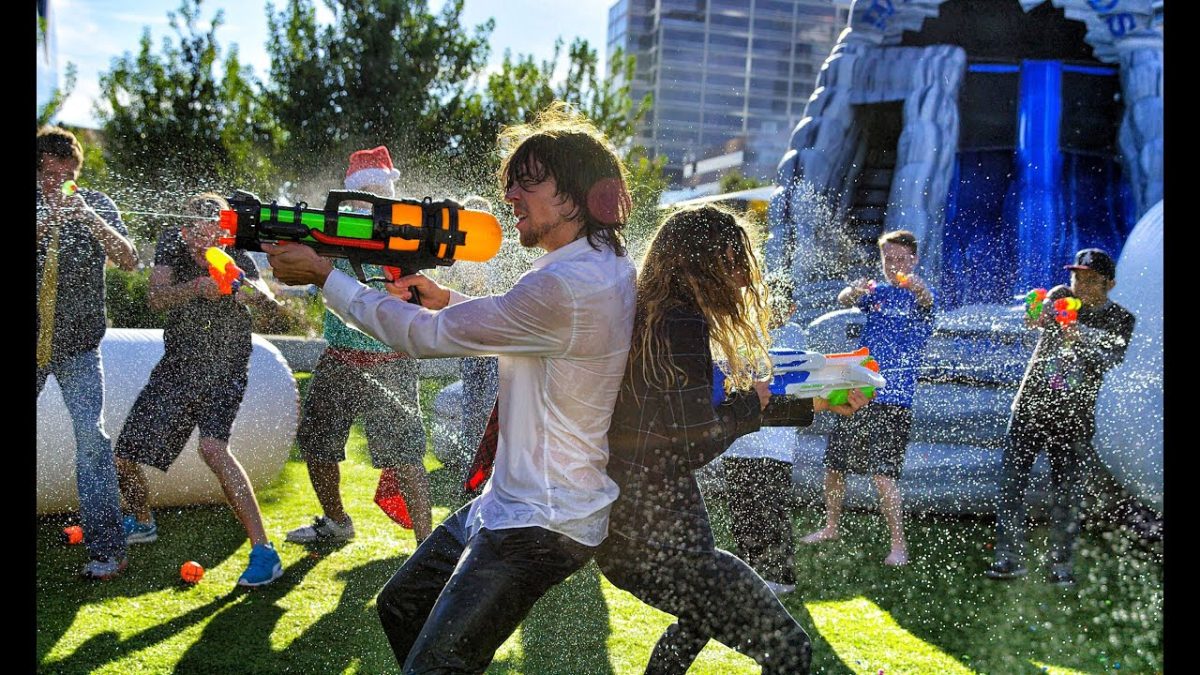Zoology is an interesting class to take here at PHS due to the many different things you can do there, like dissections. One of the first interesting things you do in the class, however, is a field trip to the Columbia River for research on a little animal known as a Crayfish. I was fortunate enough to be able to go on this trip, and for anyone interested in taking this class or who was in the class but wasn’t able to go, this will be a recap of what happened during it.
The first thing that happened after the meet-up in the cafeteria was a walk, which was from the school to the bus stop next to Daily Donuts. The time to wait for the transit will vary, and the one we took was ten minutes late due to traffic, but eventually, it came and we boarded. After one more stop to board a different bus, we were off to Kennewick, and after some time we finally got to our destination, Bateman Island. We got off and then had a brief talk about what we were gonna do, then it was off to the island.

When we got on the island, we went to the right side of the island first and were instructed to take note of water/air temperature, PH and clearness of water, and what other wildlife we could see before we got to check the Crayfish traps to see if they caught anything. There were quite a few animals out that day, like mallard ducks, red-winged blackbirds, butterflies, mosquitos, etc. There was even a baby catfish there, which was on the verge of dying but was able to swim off into deeper water. When we finally got to checking the traps, we found nothing in the first one, and the only sign that there even were Crayfish there was the partially decomposed remains on one, as well as a lone pincer. With nothing on the right side, we went off to the left side of the island, and that was when we had some luck.
While this one was someone damaged due to fishermen getting their lines tangled in it and forcefully ripping them off, it still managed to trap one invasive female Northern Crayfish, who was drawn to the cat food used as bait. She was quite sizable, being around 10 cm in length, and could’ve easily cut someone with her pincers. Due to the fact, that she was a Northern Crayfish, and therefore invasive to this area, she was painfully killed via being frozen to death in one of the school’s freezers once we got back, and will be used as a specimen for other zoology students to study. We didn’t find any of the native species here, the Signal Crayfish, making that female the only live one we saw that day.
Once we were done with checking the traps and environment, we walked a mile to get the the second half of the field trip, which was a free tour of the REACH Museum. It was a nice enough walk, with more opportunities to spot any wildlife, like are large group of Canada Geese with chicks. The weather will vary depending on when you start the class and when the trip is scheduled, for us, it was very hot, so we were trying to get the the place quickly so we could rest and have lunch, which was provided back at the school.

Once lunch was done, our teachers said we could go explore the museum on our own and at our own pace, and that is what we did. There was quite a lot to see in there, though the place was a bit smaller than expected. They had 2 main sections, one for the history of the entire land, and another for the history of the Hanford site. Most of the students went to the land history section first, which had a lot of taxidermied animals, like Pelicans, Elk, and others. They also had a few drawers and shelves filled with rocks and fossils, as well as a full baby Mammoth skeleton. Another thing that got everyone’s attention was a small screen where you can make your sticker badge for free, which nearly everyone on the trip got excited about once we knew it worked.
The other half was the one on the Hanford site, which was pretty interesting to see. It was more dimly lit than the rest of the place, giving a more eerie vibe. In it, they had lots of things from that era of history, like suits, chairs, comics, and a working Geiger counter, though we weren’t sure how to work it. They also had a to-scale drawing of one of the nukes they made here, which was a whole lot bigger than expected. Other than those though, there wasn’t much to see in that section, so everyone just mostly stayed in the first section since there was more there.
Once everyone was done doing their tours of the place, we packed up our stuff and walked to a bus stop near the Great Wall buffet to wait for the bus that would take us back to Pasco. After another drop off at the bus station to board another one, we finally got back to the school, and since we arrived pretty late, the teachers decided to just let us stay in the racquetball courts for the duration of 6th period, though we were also given the option of going to class if we wanted to. Overall, the field trip was a pretty fun one to go on, full of nature and cool stuff to see and do, I would recommend any students who are planning to take zoology to make sure to go on this trip. It is a fun time, one I, and others, won’t forget.









